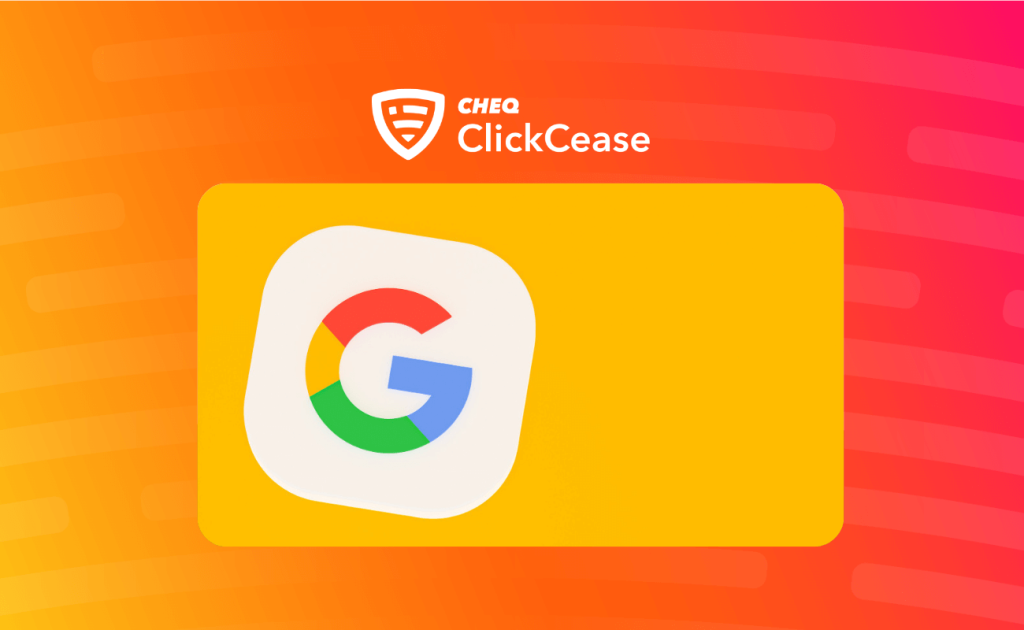Google has announced a new initiative to help advertisers and publishers verify that no hidden fees were taken in their display ad campaigns. The new solution, Confirming Gross Revenue, is designed to improve accountability and increase transparency on Google’s display network.
In a press release, Allan Thygessen said:
“Our advertising partners often ask me, “how can I better understand where my dollars are being spent?” This question isn’t new. But as buying and selling digital ads has become more complex, tracking where the money goes has become more difficult. On average 15% of advertiser spend is unattributable, according to some industry estimates.”
But what is meant by these hidden PPC costs? And is this an issue that we should be more worried about?
What are the hidden costs in PPC?
With respect to the press release, Google is looking at the misrepresentation of fees between advertisers and publishers.
The concern is that advertising tech providers hosting your video or display ads take a percentage of your ad spend: The ‘ad tech tax’. As the post states, an average of 15% of your spend can be absorbed in this manner- but it can be up to half.
Even 15% is a lot to lose in hidden fees on your PPC ads. And that’s before we even start talking about click fraud or ad fraud.
As Google highlight though:
“While we can’t speak for the many other companies in this space, our platforms do not take hidden fees.”
So, who exactly is sneaking in these hidden PPC fees?
As stated, the technology providers involved in the supply chain might be in the spotlight here. The Ad Tech tax is a real issue, and one that many PPC professionals have been highlighting for years.
There is a lot of software between your Google Ads dashboard and the final placement.
And if you’re spending $3 on your CPM, how much of that goes to the publisher?
Confirming Gross Revenue is supposed to help clarify this.

Now, any initiatives by Google to improve transparency and reduce fraud are to be applauded.
However, many advertisers don’t feel that the issue is in the misattribution of fees, but in the problems of fraud filtering from bots and invalid traffic.
Will this help to tackle click fraud or ad fraud?
One of the methods of ad fraud is in falsified bid requests – meaning that a website doesn’t even host the display ad.
Confirming Gross Revenue will offer the advertisers one way to verify whether their ads have been displayed on certain sites. And, as we’ve seen from previous initiatives including ads.txt and sellers.json, if they’re used correctly it can help.
The issue of fake web traffic remains a billion dollar elephant in the room. And although this goes a long way to helping verify where ad spend is going, real time fraud blocking and traffic monitoring is still going to require a third party solution such as ClickCease.
In 2021, over $42 billion was lost to fake traffic on ads – also known as click fraud.
Run a traffic audit on your website with our free 7 day trial.
